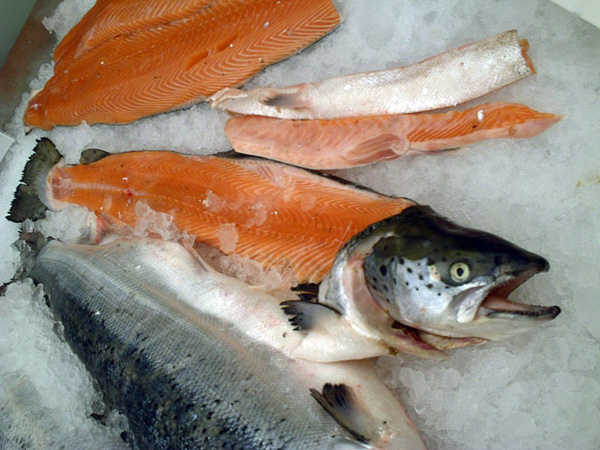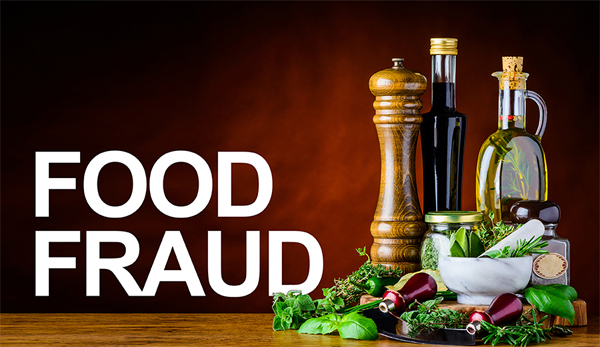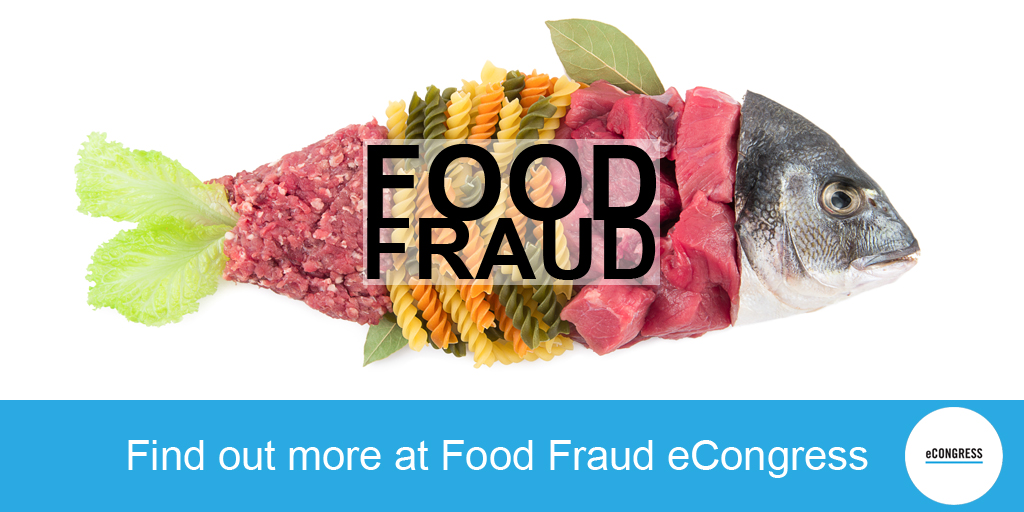Another investigation has detailed the rampant practice of fish fraud in the United States. New York State Attorney General Barbara D. Underwood’s office takes aim at the empire state with a recently released report titled “Fishy Business: Seafood Fraud and Mislabeling in New York State Supermarkets.”
The Attorney General’s office (OAG) purchased fish from 155 stores across 29 supermarket brands across the state. Through DNA testing, the investigation found that more than one in four seafood purchases were mislabeled.
Popular species like lemon sole, red snapper, and wild salmon were often misrepresented as cheaper, less desirable, and less environmentally sustainable species. For example, farm-raised salmon was being sold as wild salmon, lane snapper sold as red snapper, and swai sold as lemon sole. In all, 27 percent of samples sold as wild salmon mislabeled, while 67 percent of red snapper and 87 percent of lemon sole were also mislabeled.
“It’s clear that seafood fraud isn’t just a fluke – it’s rampant across New York,” said Attorney General Underwood in a statement. “Supermarkets are the last line of defense before a phony fish ends up as family dinner, and they have a duty to do more. Yet our report makes clear that New Yorkers may too often be the victim of mislabeling.”
Two-thirds of the supermarket chains the attorney general’s office purchased from had at least one instance of fish mislabeling. Five chains in particular—Food Bazaar, Foodtown, Stew Leonard’s, Uncle Giuseppe’s, and Western Beef—had mislabeling that “exceeded 50 percent.” These five received enforcement letters from the OAG seeking further information and could face financial penalties.
“We’re taking enforcement action, and consumers should be alert and demand that their supermarket put customers first by taking serious steps to ensure quality control at their seafood counters,” Underwood said.
Seafood fraud isn’t just a regional issue, it’s been discovered in supply chains across the country. A 2013 study by conservation group Oceana, found that one-third of the 1,215 samples analyzed nationwide were mislabeled, according to US Food and Drug Administration (FDA) guidelines. It found that 87 percent of snapper and 59 percent of tuna had the highest mislabeling rates.
In addition, 44 percent of all the retail outlets were found selling mislabeled fish according to the study. When it came to the country’s sushi, the mislabeling was extremely high, with sushi restaurants mislabeling their fish 74 percent of the time.
Consumers are warned to be on alert for seafood pricing that seems too good to be true, according to the report by the OAG. It is also suggested that consumers demand precise labeling and sustainability practices from supermarkets prior to purchasing.
Ultimately though, the report holds the retailer responsible for accurately marketing seafood. It concludes with a series of best practices already in effect at certain supermarkets – including rigorous vetting of seafood suppliers, oversight of individual supermarket locations and staff, and careful labeling. The Attorney General urges all supermarkets to adopt these best practices.








Join or login to leave a comment
JOIN LOGIN